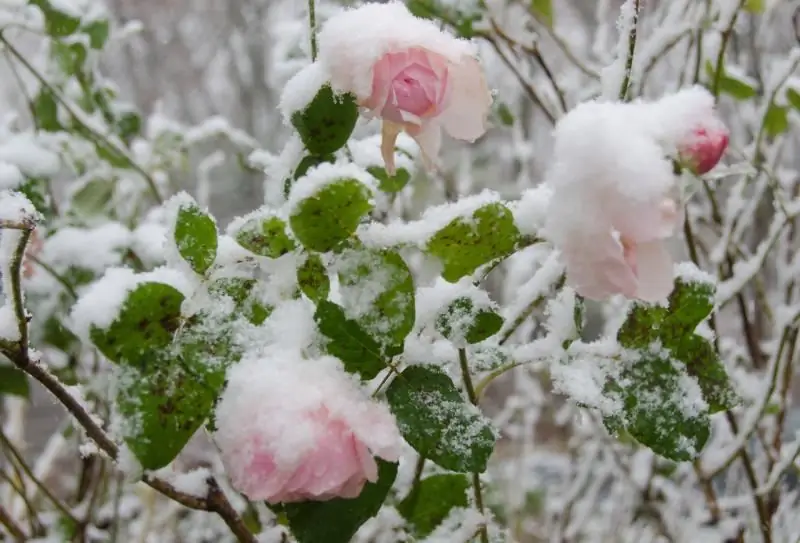
Table of contents:
- Author Bailey Albertson [email protected].
- Public 2023-12-17 12:53.
- Last modified 2025-01-23 12:41.
We cover roses for the winter correctly

Experienced gardeners who have been growing roses for a long time know that flowers need to be sheltered for the winter from frost. We will acquaint beginner gardeners with the main options for winter shelters and the rules for preparing shrubs for winter.
How to properly cover roses for the winter
In order to prevent freezing, roses for the winter require shelter from frost. Park and some other varieties of roses are frost-resistant, but even they require the preparation of the bushes for wintering.
Shelter timing
As a general rule, roses are covered when the frost drops to -5 … -7 o C and lasts about a week. The approximate time frames for the regions are as follows:
- The middle band is late October - early November.
- Urals and Siberia - end of September - October.
- Southern regions - November.
Preparing roses for shelter
At this stage, the plants are gradually prepared for the transition to a dormant state and subsequent shelter. They do it in this order:
- At the end of summer, fertilizing with nitrogen-containing fertilizers is stopped, since they provoke the growth of shoots.
- 20-30 days before the shelter, they stop cutting flowers for bouquets. This will give them the opportunity to bloom on the bush, which promotes good maturation of the shoots.
- Since roses, as a rule, do not shed their foliage on their own, it must be cut off before sheltering.
- They clean the soil of debris and fallen leaves, after which the bushes are treated with a 3% solution of copper or iron sulfate.
-
The bushes are covered with a mound of dry soil. This item is excluded for the regions of the Urals, since there is a high risk of drying out as a result of thaws.

Hilling rose Before sheltering, rose bushes are spudded with dry earth
Bending down and trimming
Park and climbing roses do not need to be pruned. The rest should be trimmed to a height of 50 centimeters. Then the shoots are bent to the ground and fixed with metal staples. Poorly bending thick shoots bend down gradually, within 3-4 weeks.
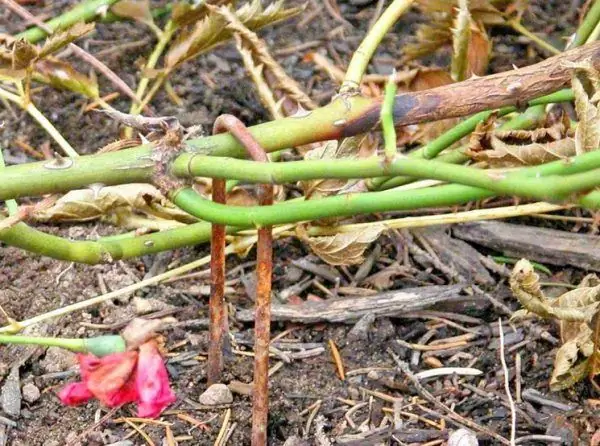
Before sheltering, the shoots of roses are bent to the ground and fixed with metal staples
Shelter methods
There are quite a few different cover options. Let's consider the most popular ones.
Powder
This is the oldest way. It consists in backfilling the pinned bushes with dry earth, sand, peat. The method has a significant drawback - in the event of thaws, the bush may undergo heat. Therefore, it can be used only in areas where thaws are excluded.
Frame method
This is the best and most reliable option. It consists in the fact that above groups of bushes (or above individual bushes), metal or plastic arcs are installed (it is also possible to make a wooden frame), which are then covered with dense agrofibre or geotextile. The optimum density of the covering material is 150 g / m 2. If there is no material with such a density, then you can use a thinner one in several layers.
Shelter is best done in two stages. At the first stage, when the air temperature has dropped below 0 ° C, they cover in arcs from above, and the ends are left open. After the cold is established, the ends are also closed.
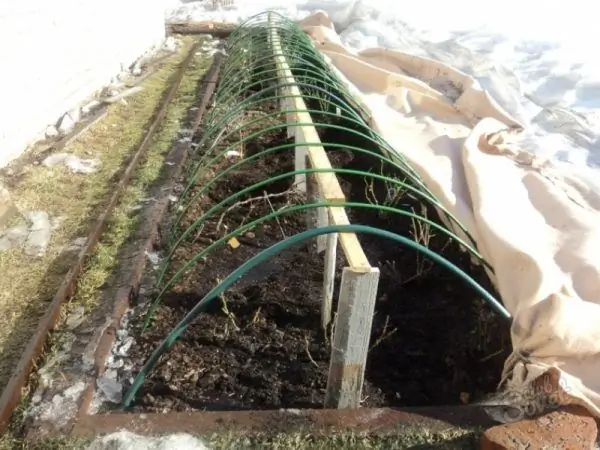
It is better to cover the shelter in two stages: at the first stage, when the air temperature has dropped below 0 ° C, it is covered in arcs from above, and the ends are left open; after the cold is established, the ends are also closed
Frameless way
This method is a simplified version of the previous one. In this case, spruce branches or branches left after pruning fruit trees are laid on bushes bent to the ground.
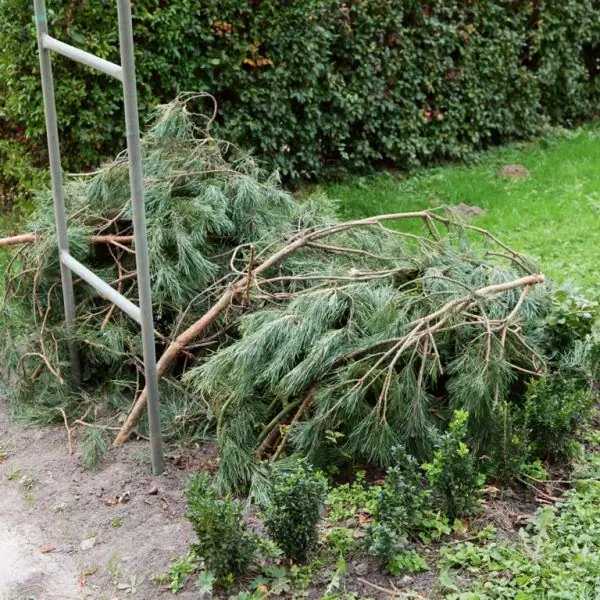
With a frameless method of shelter, spruce branches are laid on rose bushes bent to the ground
A covering material is laid on top of the spruce branches, the edges of which are pressed down with bricks, stones, bars, etc.
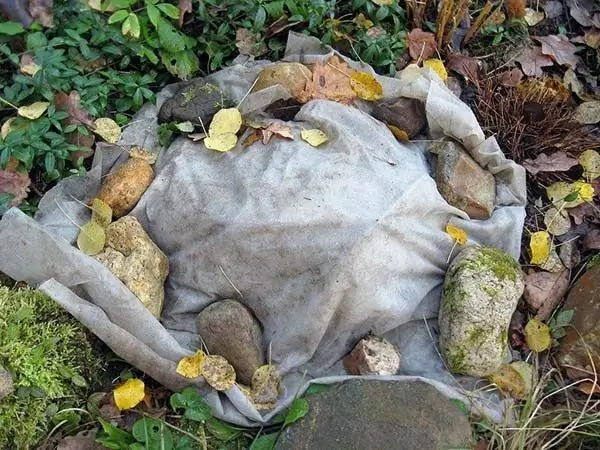
Covering material is laid on top of the spruce branches, the edges of which must be fixed
Video: how to properly cover roses for the winter
The main task when creating a winter shelter for roses (in addition to insulation) is to avoid pre-warming. Therefore, when choosing the type of shelter, preference should be given to air-dry structures. This will serve as a guarantee that in the coming season your beauties will delight you with beautiful and fragrant flowers.
Recommended:
How To Cover Grapes For The Winter Correctly So That They Do Not Freeze

Winter shelter options for grapes for different regions
How To Cover The Roof Of The Garage, Including What Material To Choose Depending On The Roofing Device
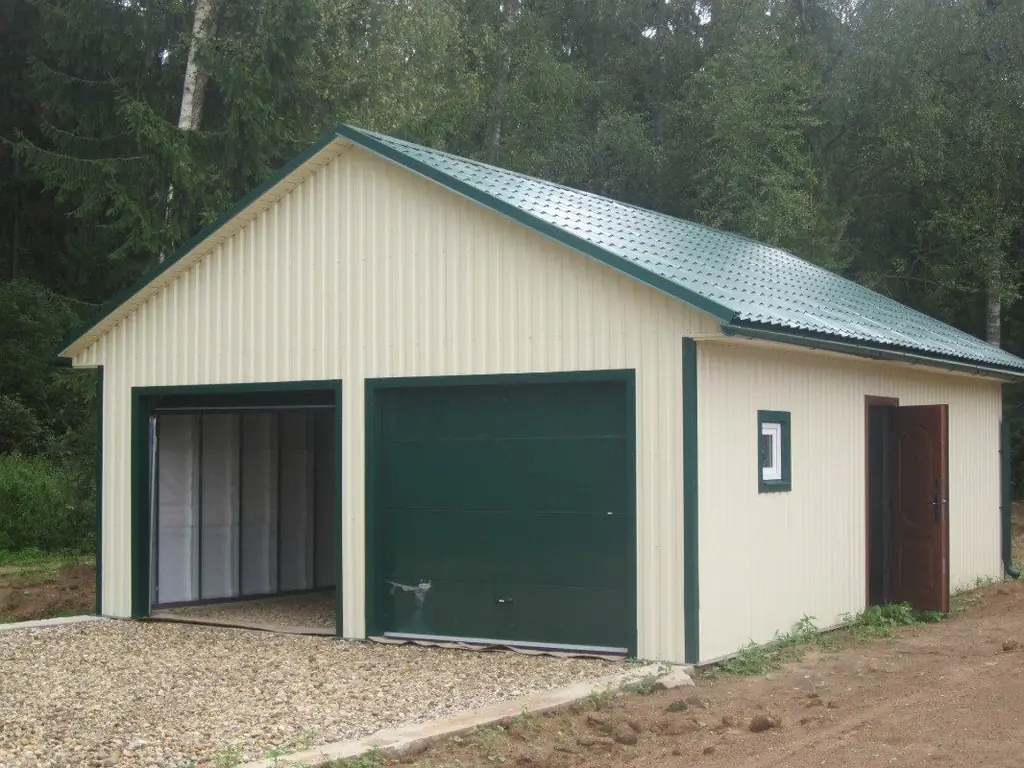
What materials are used for roofing a garage. What to look for when choosing them. Dependence of the material on the design features of the roof
How To Cover The Roof With Metal Tiles, Including With Your Own Hands, As Well As Calculating The Amount Of Required Material
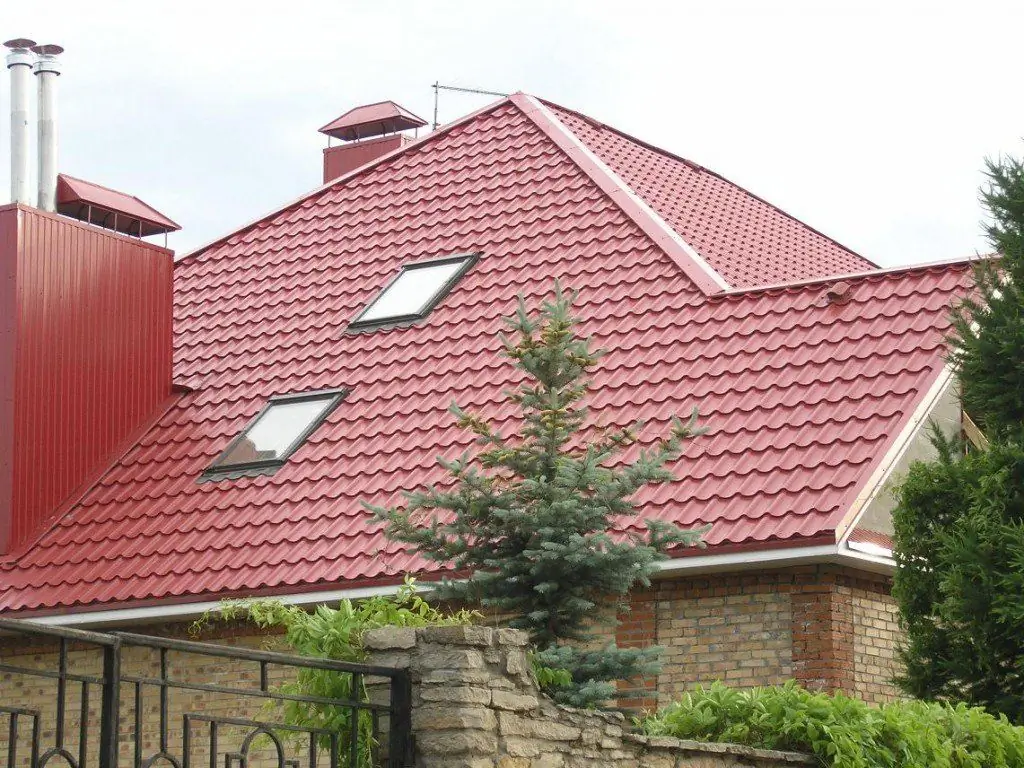
Preparatory work for a roof made of metal tiles. Features of installation of elements of a roofing pie and laying of sheets of covering. Calculation of the material for the roof
How To Cover The Roof With Ondulin With Your Own Hands, Including The Calculation Of The Required Material
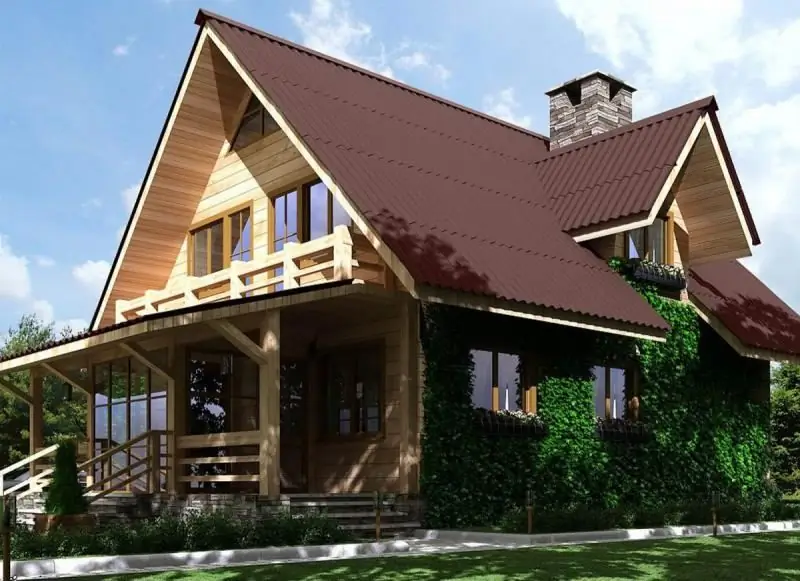
Advantages and disadvantages of ondulin. How to calculate the necessary material and lay ondulin with your own hands. Fasteners of the ondulin coating and installation features
How To Cover The Roof With Roofing Material, Including With Your Own Hands, As Well As A Description Of The Main Stages Of Installation
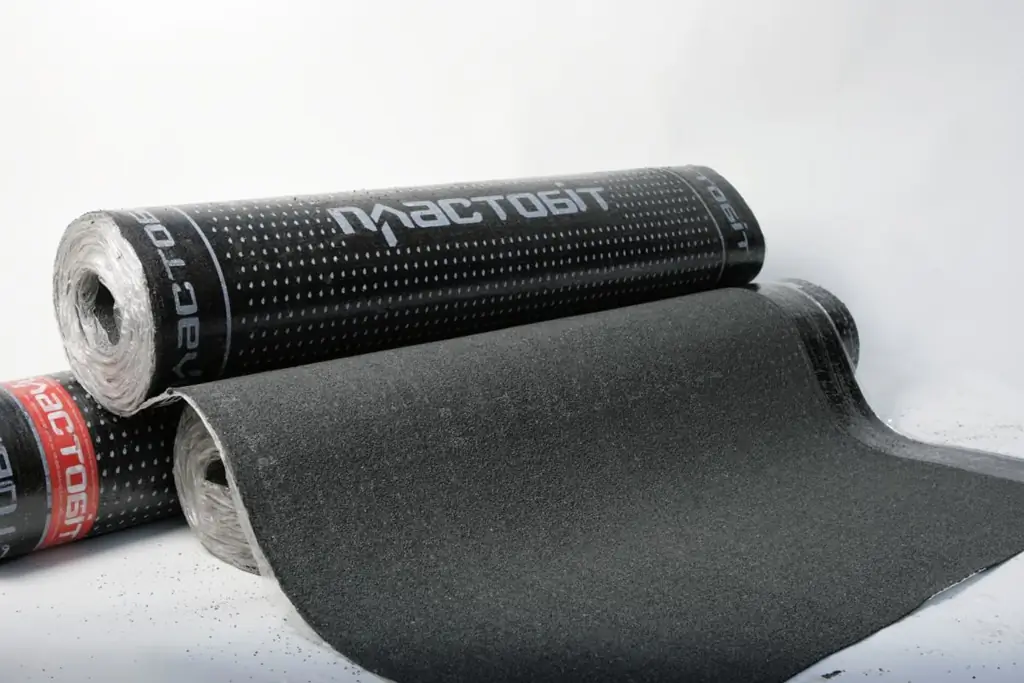
Appointment and features of roofing material. How to lay material on the roof and step-by-step instructions for work, as well as laying rules for a wooden roof
